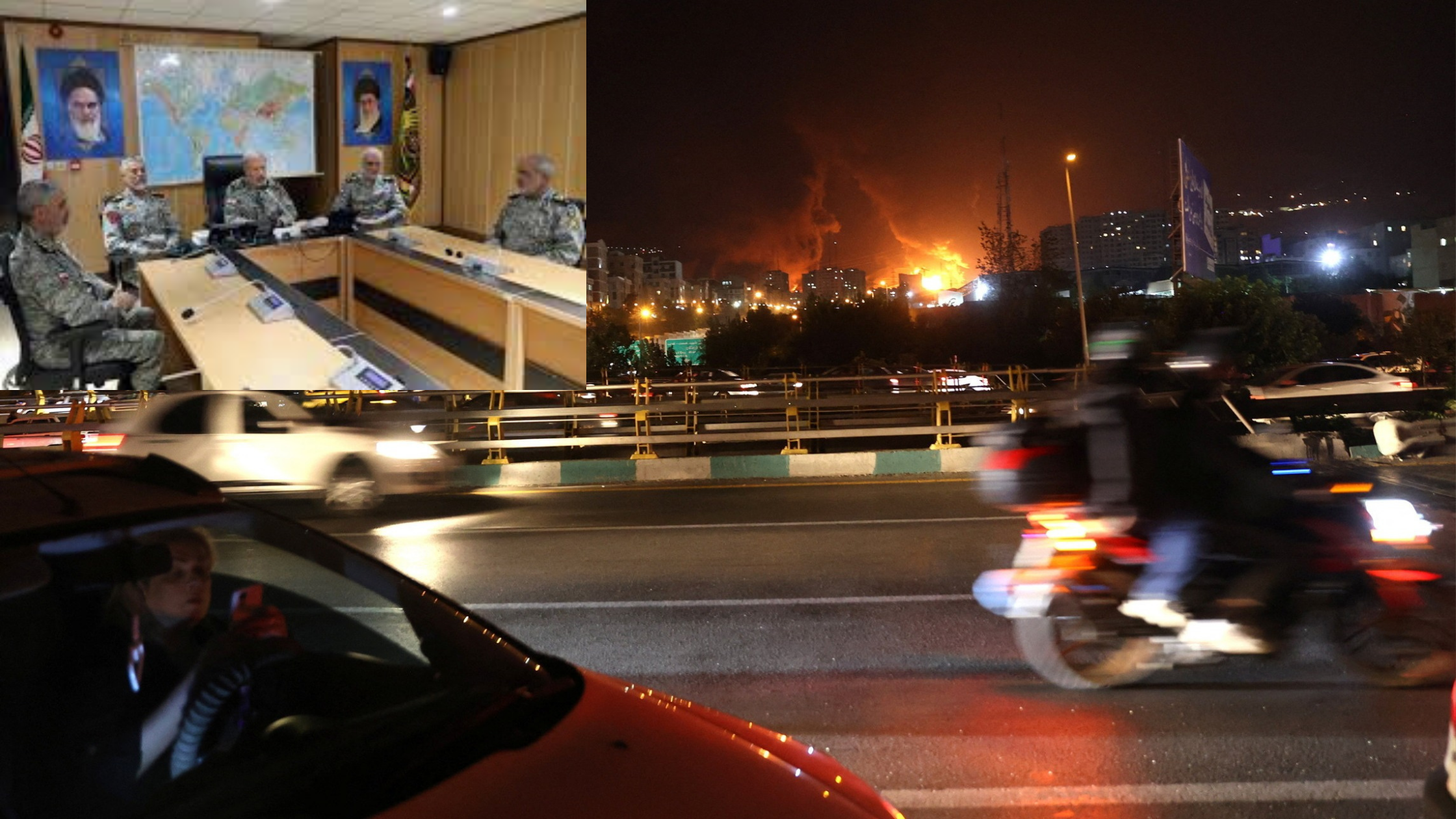Israel-Iran Conflict: The United States has dramatically intensified the already escalating Israel‑Iran conflict with precision airstrikes on Iran’s nuclear facilities—marking a historic moment in modern Middle East geopolitics. This pivotal intervention signals a new phase in the 12‑day war, raising profound questions about regional stability, nuclear non-proliferation, and whether diplomacy can still win out.
US Enters the Fray with “Operation Midnight Hammer”
In a bold move, President Donald Trump authorized U.S. military aircraft—reportedly including B‑2 stealth bombers—to strike Iran’s key nuclear enrichment sites at Fordow, Natanz, and Isfahan. The official mission briefing described “Operation Midnight Hammer” as highly successful, deploying decoys and bunker‑buster munitions with no immediate Iranian military response.
Trump declared the strikes a “spectacular military success,” claiming that the attacked facilities were “completely obliterated”—though damage assessments are still underway, leaving open the question of long‑term impact on Tehran’s nuclear capabilities.
Iranian Retaliation: Missile Barrages & Symbolic Strikes
Iran responded swiftly. On June 23, it launched a series of ballistic missiles at the U.S. al‑Udeid Airbase in Qatar and previously targeted Israeli territory. Qatar confirmed the airbase was evacuated, and missiles were intercepted, resulting in minimal damage.
In Tehran and across Iran, conventional and drone retaliations continued—hitting military command posts, infrastructure, and even hospitals. The Soroka Medical Center in Beersheba suffered a near‑miss, wounding dozens and igniting ceasefire discussions.
Ceasefire Talk: A 12‑Hour Peace Window?
Following Iran’s missile launch, Trump claimed that both nations had agreed to a 12‑hour “complete and total ceasefire,” phased to begin late June 23—ending the “12‑day war” by June 24 or 25.
However, Iranian officials, including FM Abbas Araghchi, denied a formal agreement—stating Iran would halt only if Israel ceased its “illegal aggression” by 4 AM Tehran time. Israel remained silent officially, though ground activity paused soon after.
Regional & Global Implications
- Risk of Regional Escalation: Analysts warn that the strikes could unravel stability across the Middle East. Proxy players like Hezbollah, Houthi rebels, and Iraqi militias might join in retaliation .
- Global Energy Shock: The threat of disruption to the Strait of Hormuz spiked oil prices and triggered heightened alert from global stakeholders.
- Diplomatic Flashpoints: With the U.S. and European nations urging restraint, new diplomatic channels have opened—but the risk of miscalculation remains high .
Behind the Strikes: Mossad & Hybrid Warfare
The offensive’s effectiveness owed much to Mossad’s covert campaign. Reports indicate clandestine drone operations within Iran dismantled missile launchers and air defenses ahead of aerial strikes, blurring the line between covert action and open warfare.
This combined strategy—drone sabotage, cyber disruption, airstrikes, and possible cyberattacks—marks a new era of hybrid conflict, complicating conventional escalation models.
Expert Analysis
Experts caution:
- Military Limits: Airstrikes—while devastating—rarely result in lasting regime collapse or nuclear dismantlement. Iran’s subterranean facilities like Fordow are particularly resilient.
- Risk of Blowback: Drawing the U.S. deeper risks reigniting regional insurgencies—from Hezbollah in Lebanon to militias in Iraq and Houthis in Yemen .
- Diplomacy vs. War: Some analysts argue a negotiated settlement is the only realistic outcome; engaging in airstrikes without a post‑conflict plan risks destabilization .
Ceasefire Viability & Next Moves
As of June 24–25:
- Trump’s phased ceasefire begins—but no formal confirmation from Iran or Israel.
- G7 powers and Middle East mediators are pushing for extended truces and diplomacy.
- U.S. military presence in the region is being reinforced to deter further missile barrages.
Yet sharp differences remain: Tehran demands total Israeli halt; Washington seeks prolonged restraint. The coming days will test whether diplomacy can outpace violence.
Conclusion
The U.S. strike marks a turning point in the Israel‑Iran conflict—turning what was a bilateral exchange into a multi‑actor war. With deep scars on nuclear sites, missile networks, and civilian infrastructure—alongside a fragile ceasefire—the stakes have never been higher. Success hinges on whether diplomatic backchannels holding ceasefire hopes can withstand hardliners, proxy escalations, and strategic brinkmanship.
Subscribe to trusted news sites like USnewsSphere.com for continuous updates.
[USnewsSphere.com / ft]





